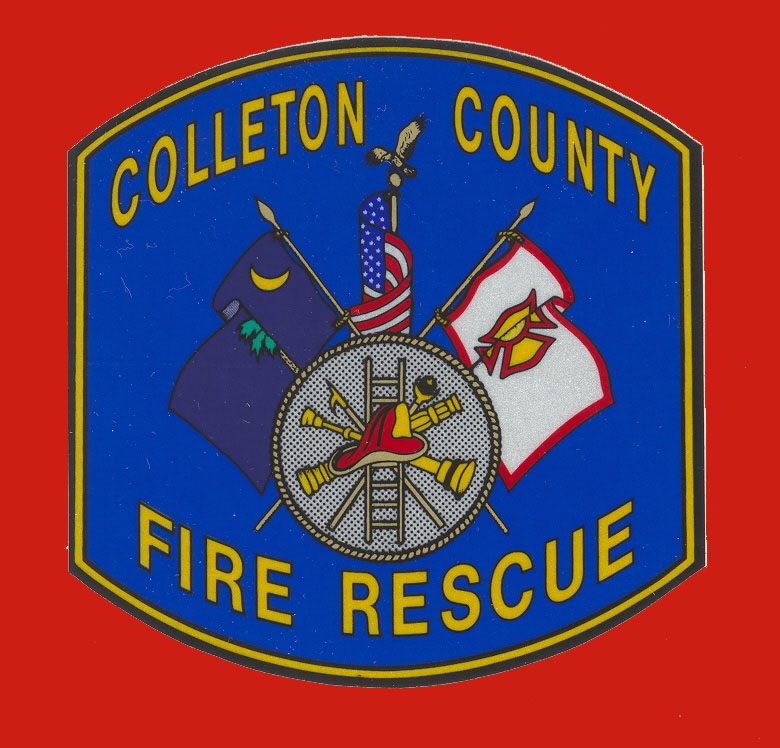
Colleton County
Fire-Rescue
Confined Space Rescue
|
|
|
Colleton County Fire-Rescue
Confined Space Rescue |
In the picture above, Firefighters prepare to enter a permit required confined space during a training drill.
Assistant Chief David A. Greene (dgreene@colletoncounty.org) - (843) 539-1960 extension 222
Confined Space Rescue
Colleton County Fire-Rescue's TRT is trained and equipped to perform confined space rescue. A confined space is defined by the Occupational Safety and Health Administration as a space:
Large enough for an employee to enter fully and perform assigned work;
Is not designed for continuous occupancy by the employee; and
Has a limited means of entry or exit.
These spaces may include underground vaults, tanks, storage bins, pits and diked areas, vessels, silos, and other similar areas. Additionally, a permit required confined space has one or more of the following characteristics:
Contains or has the potential to contain a hazardous atmosphere;
Contains a material with the potential to engulf someone who enters the space;
Has an internal configuration that might cause an entrant to be trapped or asphyxiated by inwardly converging walls or by a floor that slopes downward and tapers to a smaller cross section; and/or
Contains any other recognized serious safety or health hazards.
Utilizing self-contained breathing apparatus (SCBA) and supplied air breathing apparatus (SABA) equipment, personnel enter, search for and rescue or recover victims of confined space incidents. TRT also has access to advanced search tools such as cameras, audio equipment, air monitoring equipment, etc.
Operations
TRT responds to confined space incidents for the purpose of rescuing or recovering the patient. A confined space incident is a technical rescue and can be thought of as a high/low angle rescue associated with a hazardous materials incident. Early notification is the key to a successful rescue. Too often, would be rescuers without training or the appropriate protective equipment become victims. If a person enters a confined space and does not exit, you should immediately dial 9-1-1. The following precautions should be taken.
Isolate the entry to the confined space and keep unprotected personnel from becoming victims.
Try to estimate the exact time the person entered the confined space.
Be available to assist firefighters by answering questions when they arrive. If a permit was completed prior to the person entering the confined space, have it available when firefighters arrive.
|
|
Firefighter/EMT-B Matt Parler enters a confined space while Engineer/EMT-I Blaine Harrison conducts initial air monitoring during a training drill at a local industry. |
|
|
Members of the Tactical Response Team remove a simulated victim from a permit required confined space during a training drill at the water treatment plant. |